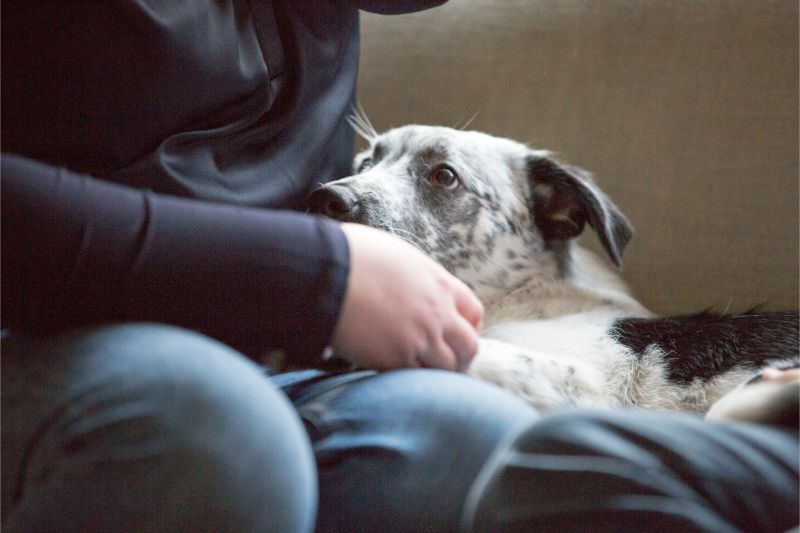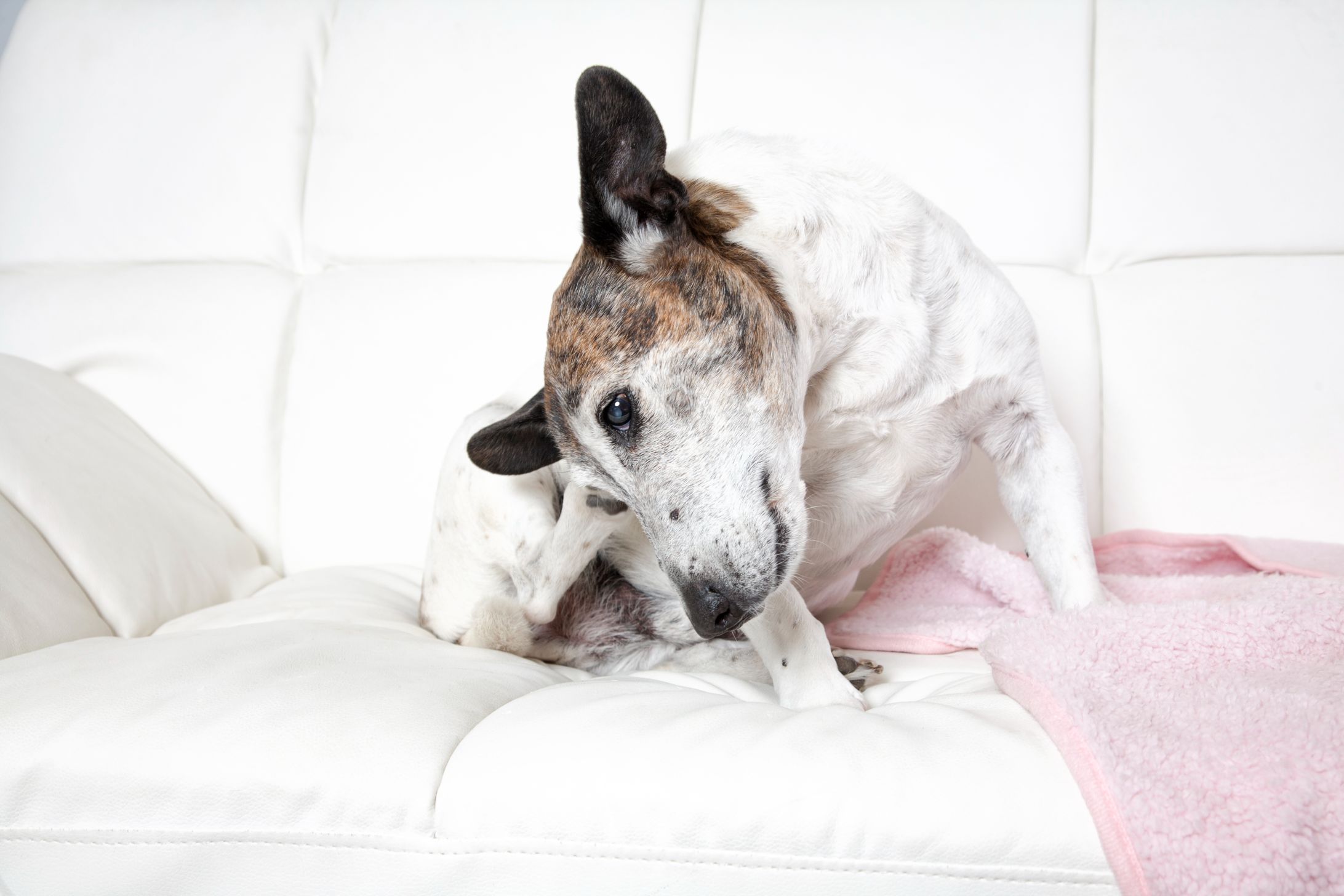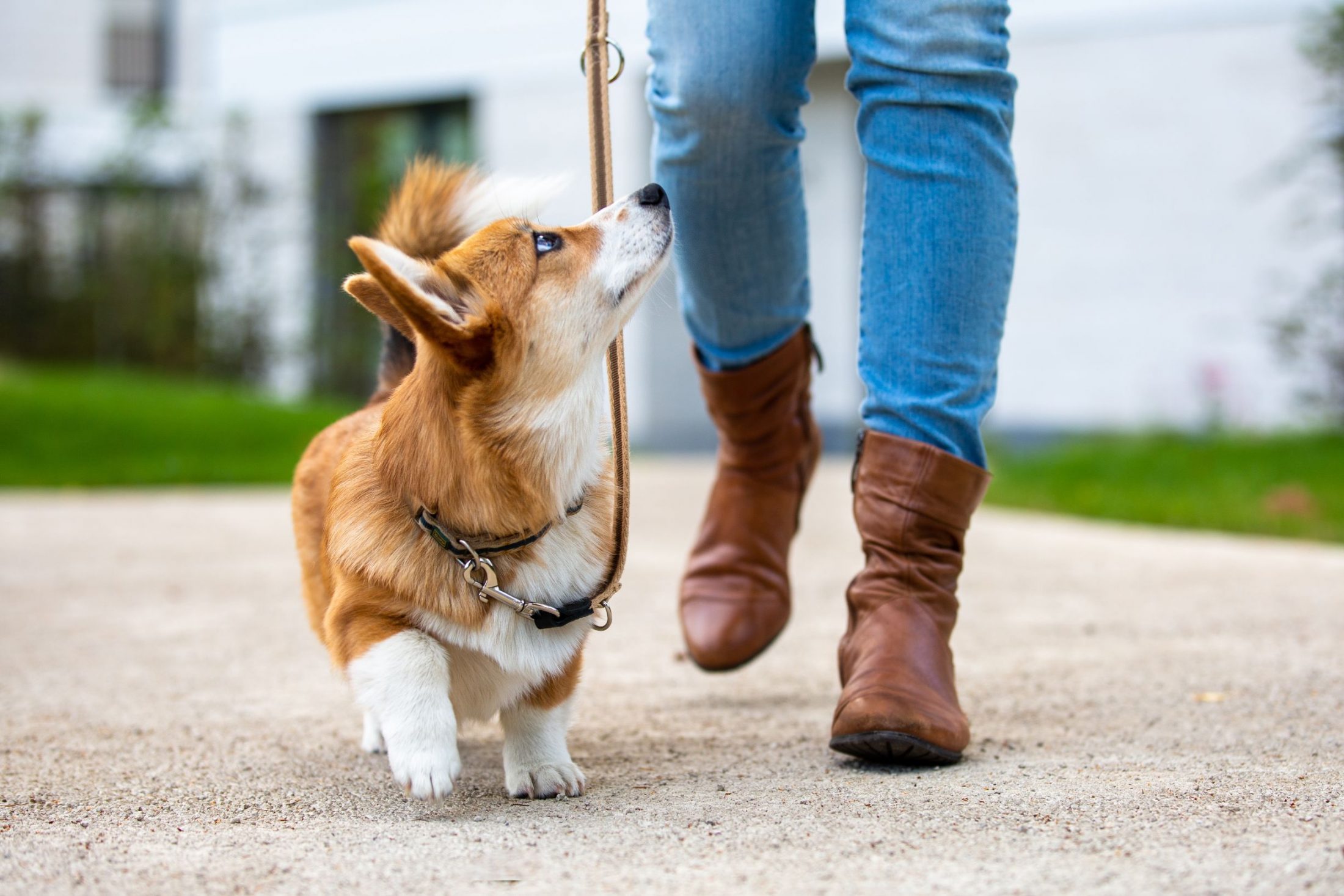
If you have been petting your furry loved one and came across an unusual lump under the skin, you are not alone. Most pets will develop a lump or two in their lifetimes, and especially as they move into their senior years. These tumors or masses can be understandably concerning, but many turn out to be benign and nothing to worry about, however, they should still be examined.
Your friends at Summeridge Animal Clinic are here to explore lumps and bumps on pets, diagnose, and determine what you should do if you find one on your fur friend.
Types of Lumps and Bumps
According to the Veterinary Cancer Society, one in four dogs will develop lumps in their lifetimes. The good news is that it isn’t always cancer, and most of the time it’s a fatty cyst or benign growth. There are many types of bumps that occur on dogs and cats, such as:
Lipoma – Lipomas are a soft mass of fat that grow under the skin. This is the most common form of bump on a pet. Some develop rapidly into large masses that must be surgically removed, while others remain one size for life.
Cyst – Sebaceous cysts, which are also common, occur when pores and oil glands become clogged. A buildup of excess tissue or dead cells can create cysts, too. Most cysts go away over time, but some become large and can cause infection.
Benign tumour – This is another form of bumps on animals and are cells that form and create a mass. They can resemble cancer, and are a cause for alarm until given a benign diagnosis from your veterinarian. Some of these tumours can develop into cancer, so they must be monitored or removed.
Cancer – In fewer cases, tumours are malignancies that can be fatal if not treated. Signs of cancer include sores that won’t heal, weight loss, lethargy, stiff gait, and blood or discharge, among others.
Other causes of lumps on pets are overuse of an area of the skin, resulting in callouses, blood blisters, pimples, insect bites, and warts.
Diagnosis
Since there are several types of bumps, a proper diagnosis from your veterinarian should be the first order of business. If it happens to be cancer, early detection can go a long way in a better prognosis.
Diagnosing lumps and bumps requires a thorough examination of your pet and a discussion of their health history. There are other things that can help us determine the right diagnosis, such as when you first noticed the bump, how fast it grew, and whether or not it is painful to the touch.
Sometimes, we will perform a needle aspiration, which entails inserting a thin needle into the bump for a collection of cells to be examined under a microscope. In some cases, we will need to remove the bump and look at its pathology to determine whether it is benign or malignant.
Lumps and bumps on pets are quite normal, but we always recommend getting the problem examined for a clean bill of health and peace of mind. As with most health situations, maintaining your pet’s annual (or more frequent) wellness examinations are key to preventing disease.
If you have any questions about lumps on your pet, or would like to schedule an appointment, please give us a call! We are located at 8707 Dufferin St, Thornhill, ON L4J 0A2, Canada.



